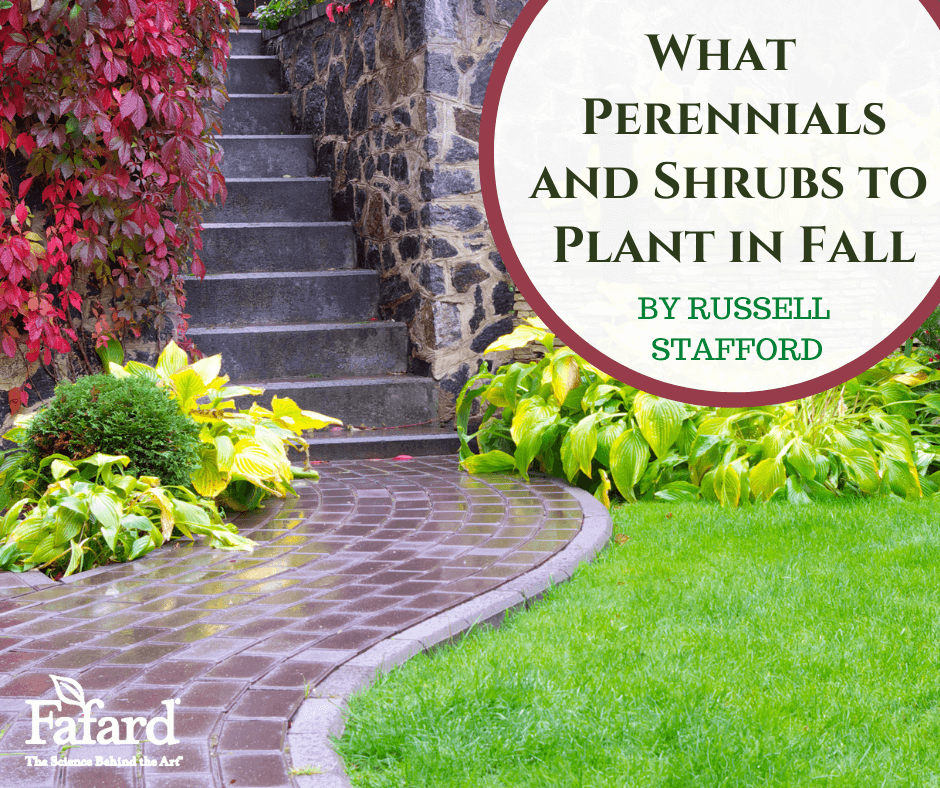
“Perennials (both woody and herbaceous) are shifting energy from their tops to their roots, preparing for their fall underground growth spurt.” -Russell Stafford
Gardeners tend to do the bulk of their planting and planning in spring when the horticultural hormones are running high. For many plants and purposes, however, fall is the perfect time to get down to some serious gardening. The best time, in fact.
Fall Growing Conditions
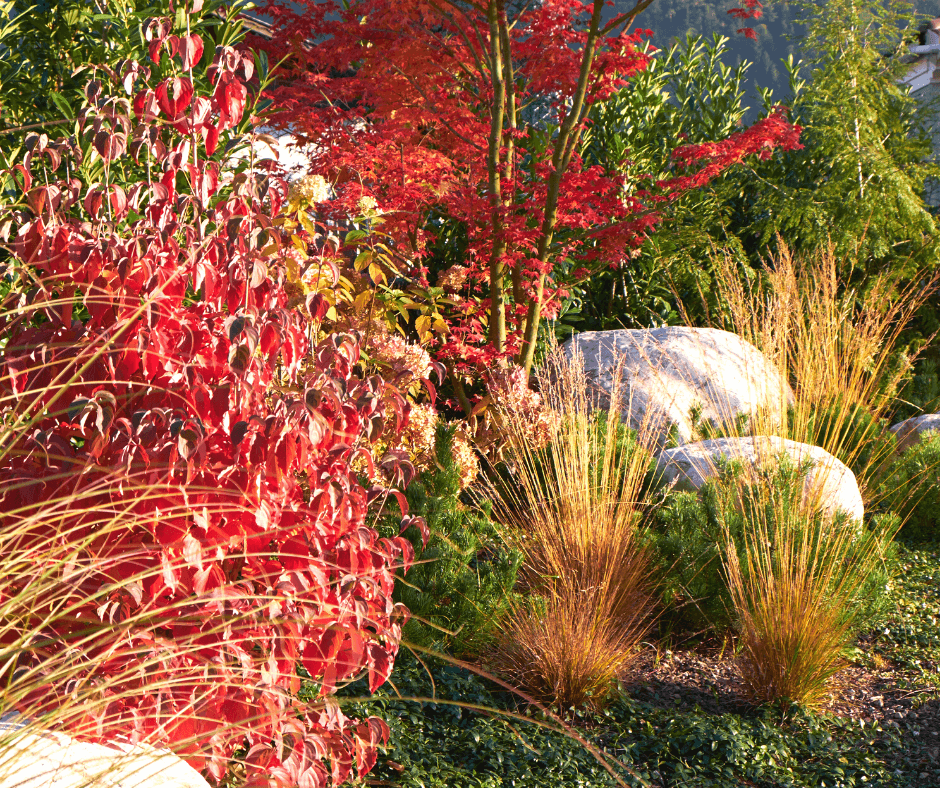
Consider the conditions in fall. Soil and air temperatures are typically moderate, beneficial underground microflora are active, and soils retain moisture longer (thanks to the cooler air and lengthening nights). Plants, too, are undergoing favorable changes. Perennials (both woody and herbaceous) are shifting energy from their tops to their roots, preparing for their fall underground growth spurt. Deciduous plants are shedding their leaves, removing their main source of water loss and drought stress. On all fronts, things are geared for root growth, for as long as soil temperatures remain conducive (above around 40 degrees F).
Plant a hardy tree, shrub, or herbaceous perennial now, and its roots will proliferate (as conditions allow) until spring, gathering energy and preparing for a prosperous new year. Compared to an equivalent plant installed next spring, it will have a far more extensive root system, already adapted to the conditions on (and in) the ground. It will grow faster, tolerate drought better, and in almost every other way out-perform its spring-planted kin.
Bulbs for Fall
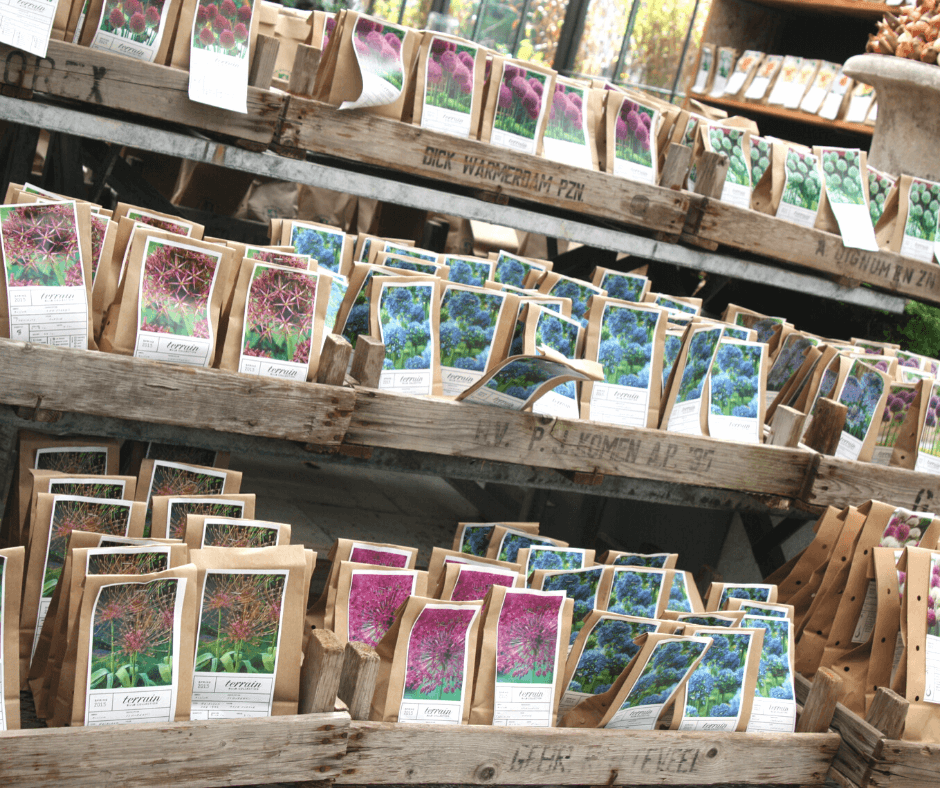
Bulbs (including the rhizomes, corms, etc. that go under this term) are a special case. Most hardy spring-blooming bulbs absolutely require at least a couple of months in chilly, moist soil to stimulate rooting and develop and extend their flower buds. These are the bulbs for fall planting–crocus, daffodils, tulips, and hyacinths are among them. Don’t worry about planting them late, especially if you find bags of bulbs on sale in late October. Bulb planting into late November is just fine as long as you can work the soil. Adding a quality bulb fertilizer at planting time will help them flourish.
On the other hand, some bulbs spend winter in a rootless quiescent state and take well to winter dry-storage and spring planting. Many of the latter are frost-tender things such as dahlias, but the winter-dormant group also includes some hardy “bulbs” such as roscoeas and crocosmias.
Plants You Should Plant in Spring

As with all things horticultural, a few provisos apply. Most of the above advantages are nullified in the case of bare-root or balled and burlapped (B&B) plants, which lose many of their roots during harvesting. With their reduced underground resources, they may lack the capacity to replace water lost from stems and leaves during cold windy weather. Fall-planted bare-root and B&B evergreens are especially prone to winter damage. Severely root-bound container-grown plants do relatively poorly with fall planting, for the same reasons. In contrast, container-grown plants have relatively extensive root systems, buffering them against winter weather.
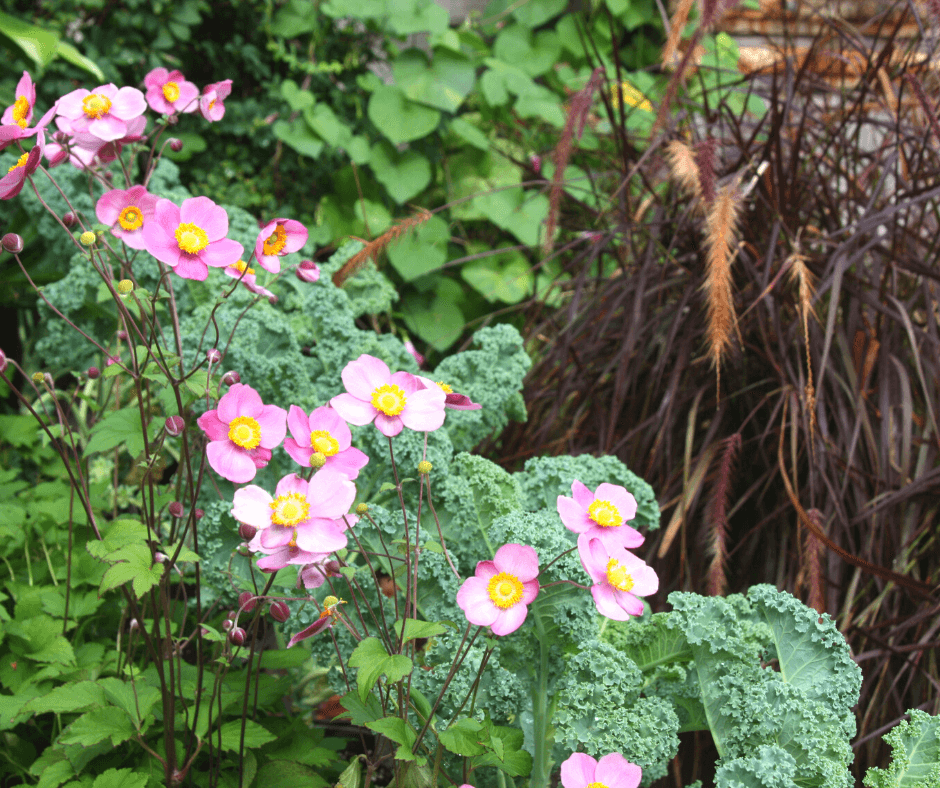
Additionally, some plants that hit their prime in summer and autumn tend to languish if planted in fall, whatever the condition of their roots. Many warm-season grasses and fall-blooming perennials, for example, prefer spring planting. Marginally cold-hardy plants may also benefit from spring planting, which gives them more time to establish before heading into their first winter. Small perennials and shrubs in little pots may also need the headstart of spring planting to grow and set ample roots by fall.
Fall Planting Tips
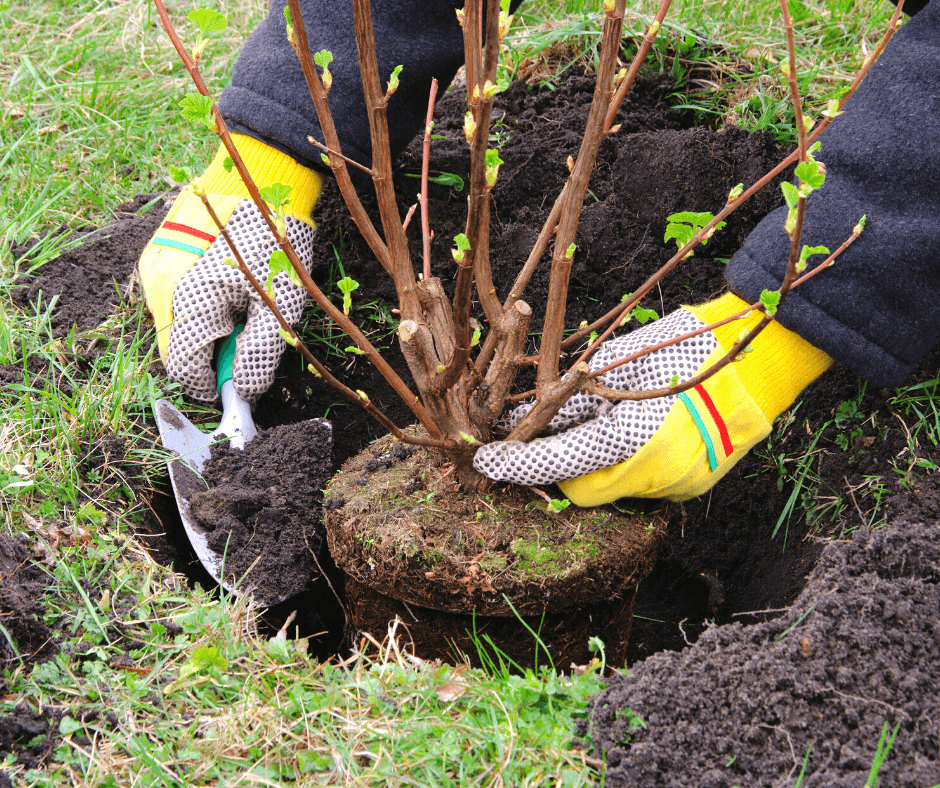
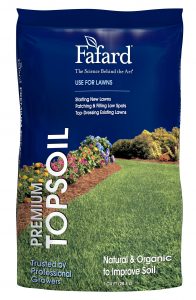
Planting at least 6 weeks before your last frost date will give perennials and shrubs plenty of time to set new roots (click here to determine your last frost date). Whatever you plant this fall, be sure to provide the conditions for optimal rooting. Dig a planting hole as deep and several times as wide as the root ball. If the soil is excessively heavy or sandy, dig an even wider hole, and generously amend the backfill with Fafard® Premium Topsoil. Tease the surface of the root ball to loosen any congested or girdling roots. After planting and watering your new prize, apply a layer of compost topped with two or three inches of a porous mulch such as oak leaves, pine needles, or shredded bark. This will blanket the roots from drought and cold, extending their season of growth. Come spring, you’ll have a well-rooted plant, ready for takeoff.
*Fall is also an ideal time to divide and plant summer perennials! (Click here to learn more about perennial division.)

